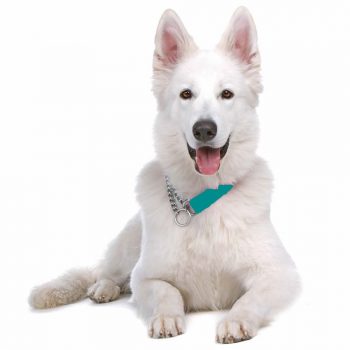White Shepherd
Group : Working Dogs
Height:
Male: 60 – 65 cm
Female: 55 – 60 cm
Weight:
Male: 30 – 40 kg
Female: 22 – 32 kg
Energy Level: Moderate to high
Original Function: Herding, guarding, policing
Lifespan: 10 – 12 yrs
Recommended for: Active people & families, dedicated handlers.
Note: This breed is not recognised by the Australian National Kennel Club (ANKC).

